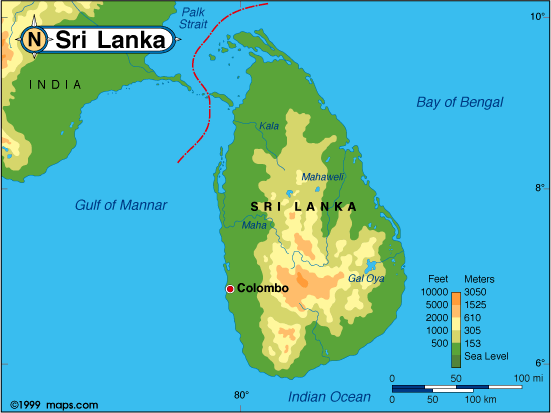To The Editor, Sangam.org —
The TamilNet news website of 18th November reported two killings in the East within a space of 14 hours. The first was the killing of a political worker of the LTTE at 9.45 PM on Wednesday by gunmen suspected to be paramilitary operatives working with the Sri Lanka military intelligence in Valaichenai, 32 kilometres north of Batticaloa. The second was the killings of a Sri Lanka military intelligence operative (Lance Corporal Ajith Dassanayaka) and a person suspected to be a member of the paramilitary, ‘Karuna Group’;
The editorial by Thinakural, Colombo-based Tamil daily drew attention to similar killings six weeks ago in an editorial titled “Cease-Fire Under Pressure.’ This editorial is reproduced below in full with my translation.
I would appreciate it being published in Sangam in view of the continuing violations of the cease-fire.
Ana Pararajasingham
————————————————————————————————–
The editorial of 7th October 2004 – Thinakural
Cease-Fire under Pressure
Although two and half years have passed since the MOU was signed between the Government of Sri Lanka (GoSL) and the Liberation Tigers of Tamil Eelam (LTTE), the resultant Cease-Fire is still subject to several challenges. It is in this context that Norway’s Deputy Foreign Minister Mr. Vidar Helgessen has expressed concerns.
 Vidar Helgessen pointed out to the LTTE in Geneva that breaches to the Cease-Fire would only make the tasks of the Sri Lanka Monitoring Mission (SLMM) more difficult.
Vidar Helgessen pointed out to the LTTE in Geneva that breaches to the Cease-Fire would only make the tasks of the Sri Lanka Monitoring Mission (SLMM) more difficult.
The extra-judicial killings (in the East in particular, but also in other parts of the Island) and the practice of taking prisoners are indeed serious threats to the Cease-Fire. And, it is in this situation that the Norwegian Deputy Minister has expressed his concerns.
The Norwegian Minister also articulated his desire to see the Cease-Fire continue.
That the cease-fire has held for so long despite these breaches is to be welcomed.
But then one must be aware that even minor incidents have the potential to undermine the cease-fire.
It is the attempt by the Sri Lankan armed forces to use renegade commander Karuna to destabilise the east that has resulted in the killings. These killings, which began in Batticaloa, have now reached Colombo. The extent of the seriousness of this situation can be gleaned from the characterisation by military analysts of the killings as a shadow war between the LTTE and the Sri Lanka Army.
We must, however, look beyond apportioning blame and seek to bring the situation under control immediately to avoid the breakdown of the cease-fire.
Norway has shown its concerns as the facilitators of the peace process.
The shadow war can be brought to an end only through implementing the Cease-Fire Agreement (CFA) in full.
LTTE Political Head Mr. S.P. Thamilchelvan had also expressed similar sentiments in Geneva in calling for the disarmament of the paramilitary groups as stipulated in Clause 1.8 of the MOU. According to this clause paramilitary groups have to be disarmed within a short timeframe after the signing of the MOU.
One cannot dismiss the LTTE’s charge of the Government’s failure to comply with this requirement. Many members of the LTTE who have attempted to carry out political work in the government-controlled areas of Batticoala have been killed. These killings have occurred in close proximity to Sri Lankan Army camps. If the army was not directly responsible for these acts, then they must be done the paramilitary forces. Therefore, because they arm and control the paramilitaries, it is the Sri Lanka Government that is answerable.
There are also killings which have taken place within areas controlled by the LTTE. The LTTE claims to have evidence that these killings, too, were done by paramilitary groups working in tandem with the army.
The only way in which to bring these killings to an end is by disarming the paramilitary units. It is the Government’s responsibility to do so.
The use of these Tamil paramilitary forces to carry out a shadow war can only result in an escalation of these killings.
Should this situation continue, not only will the SLMM be placed in an unenviable situation, the viability of the Cease-Fire itself may be called into question.